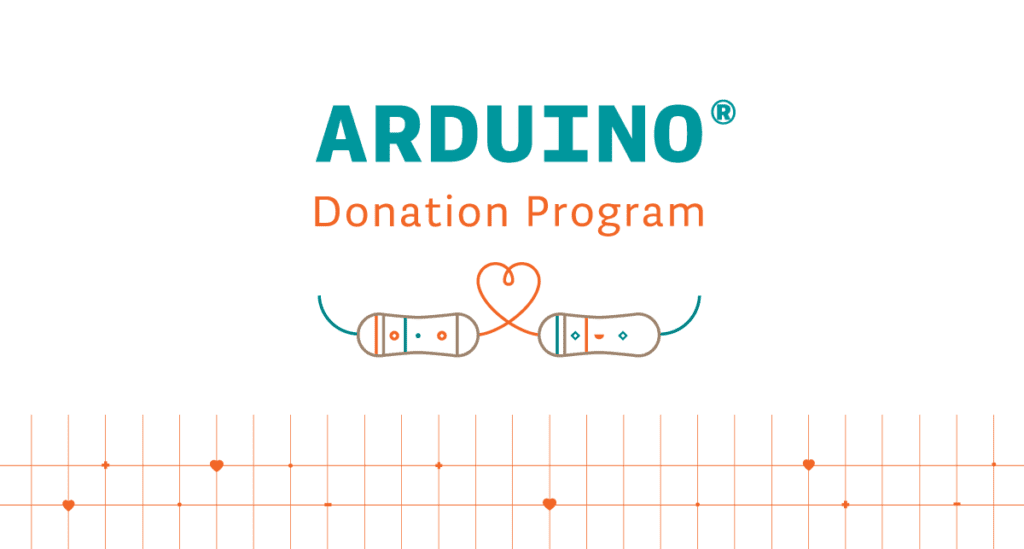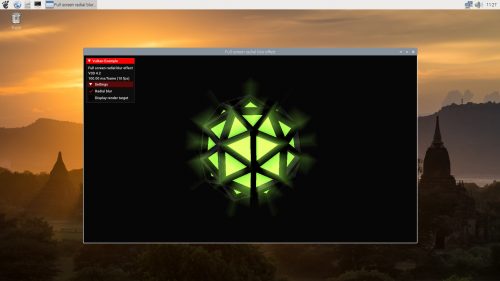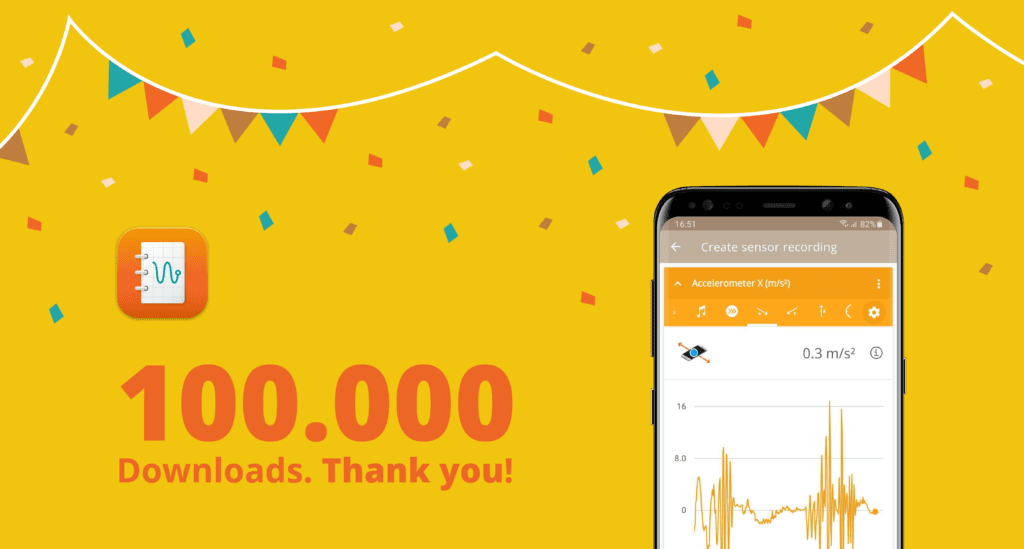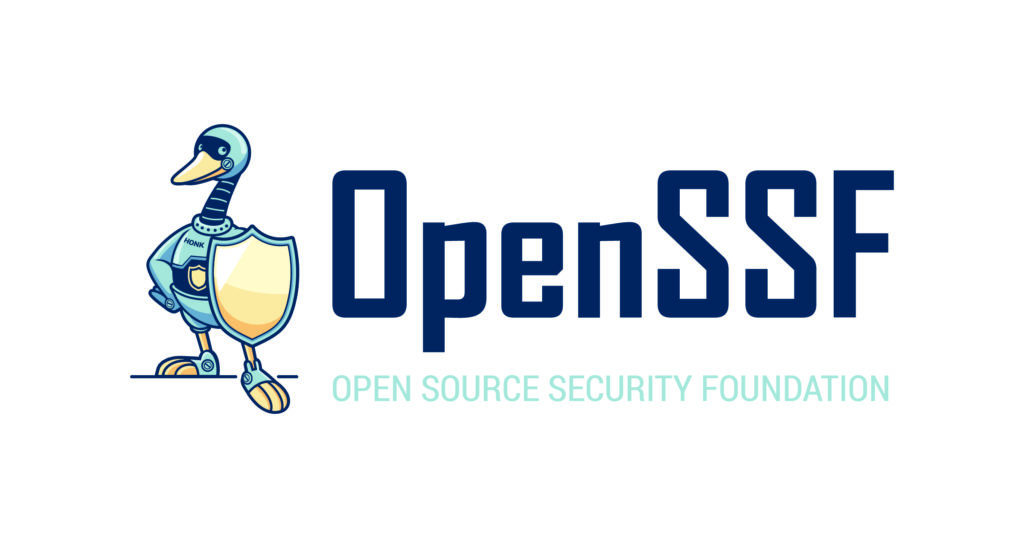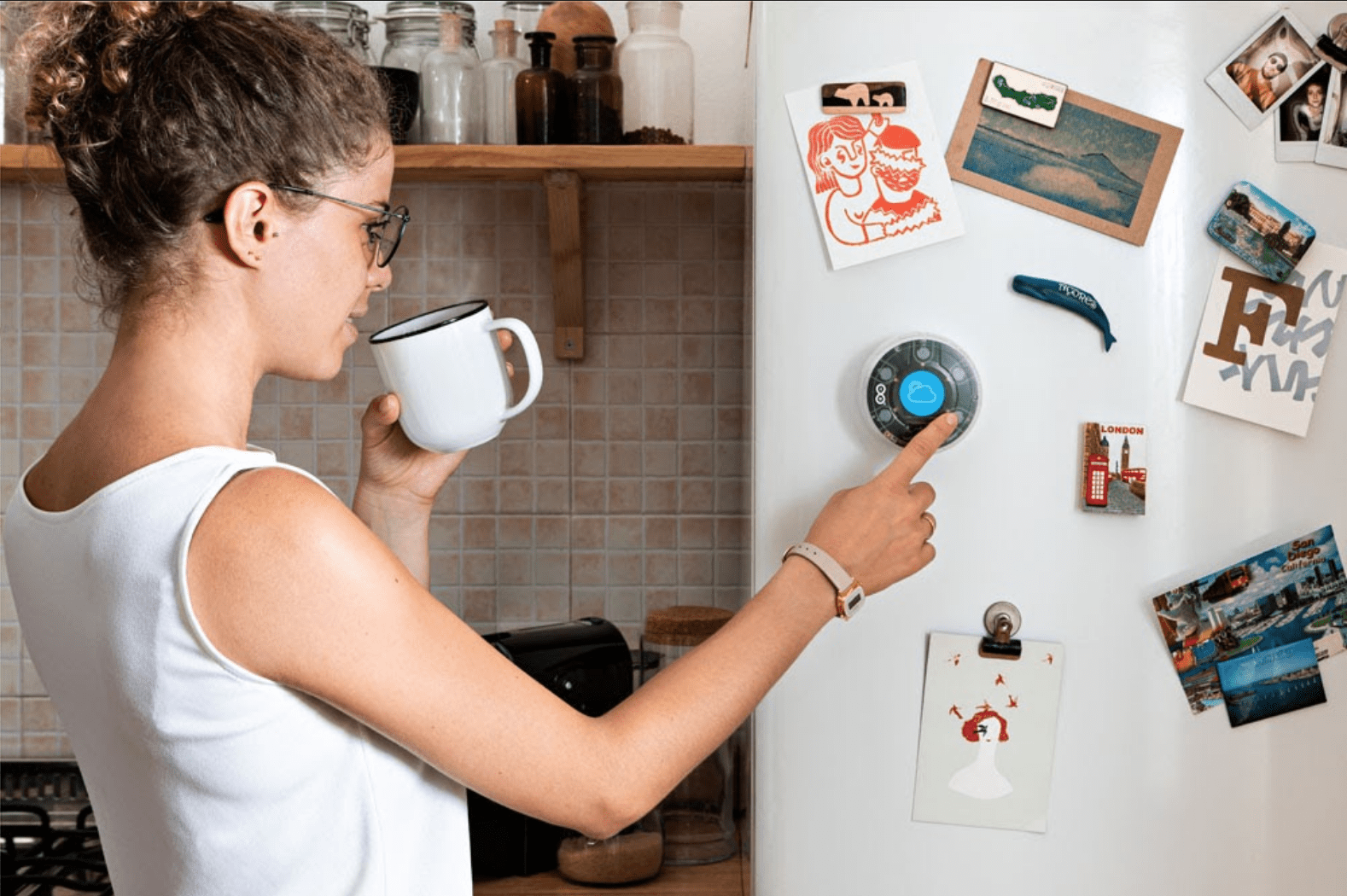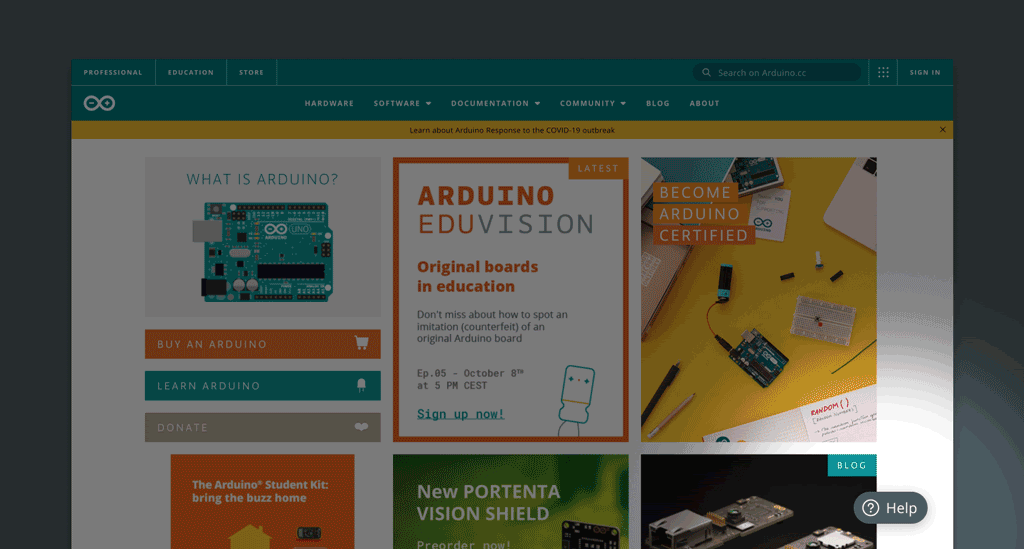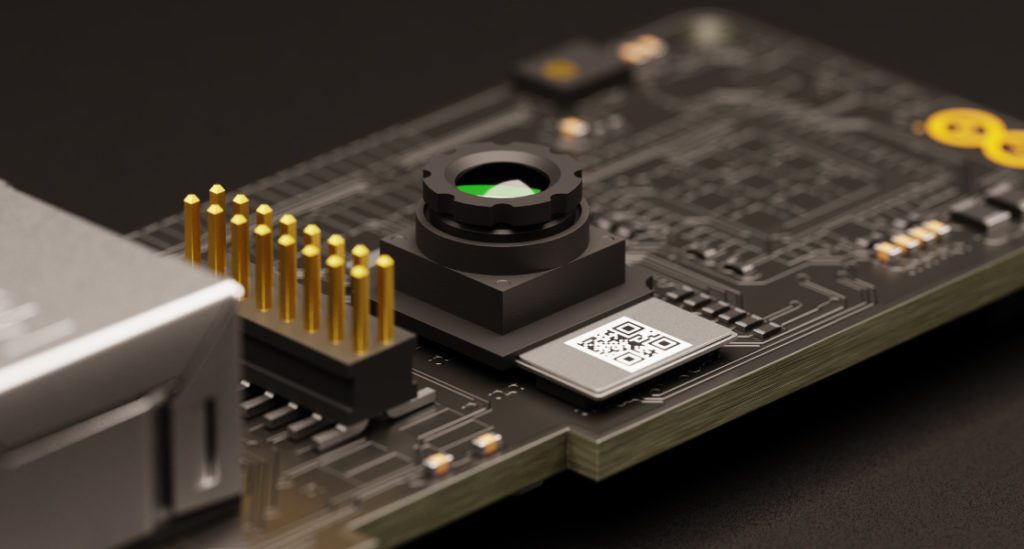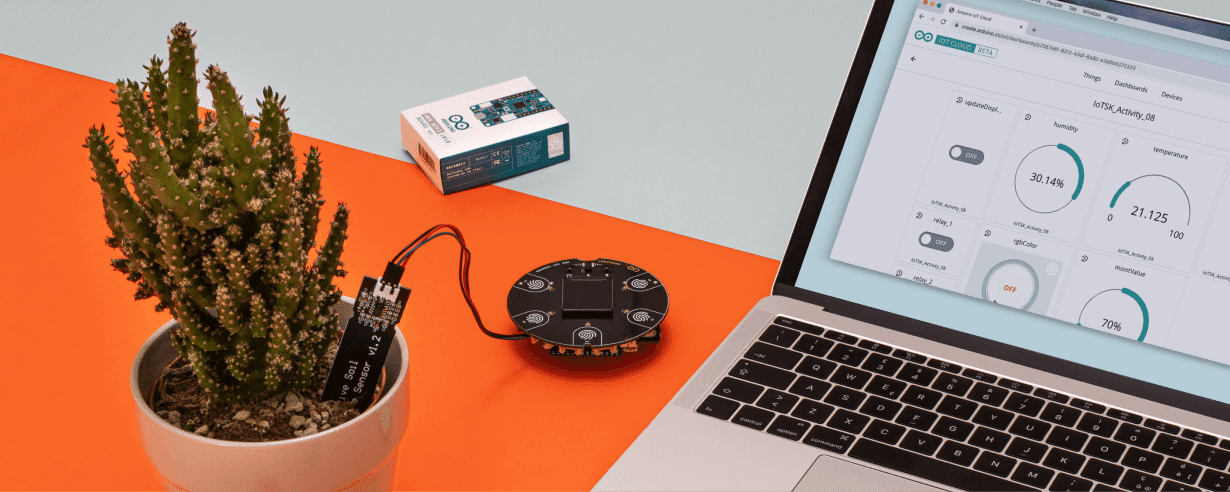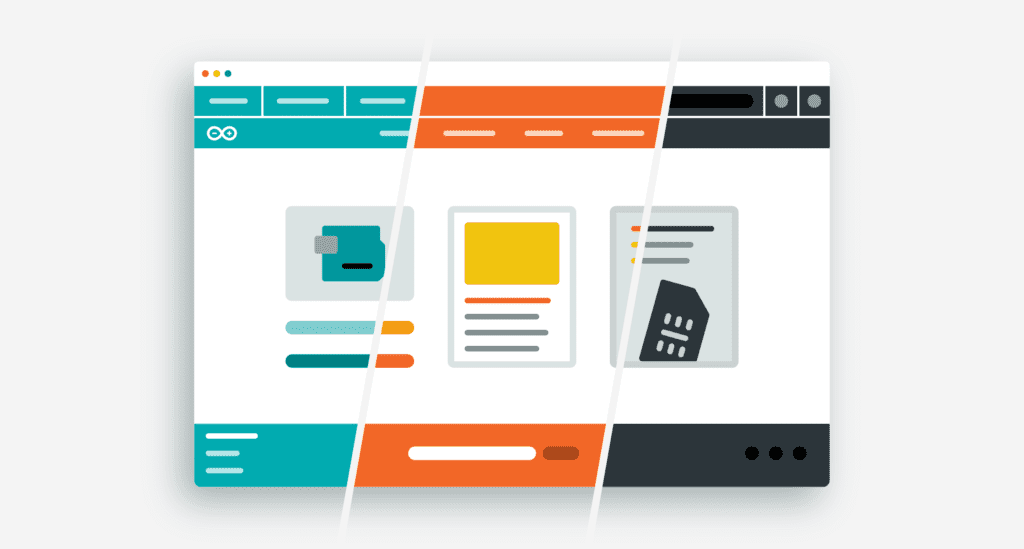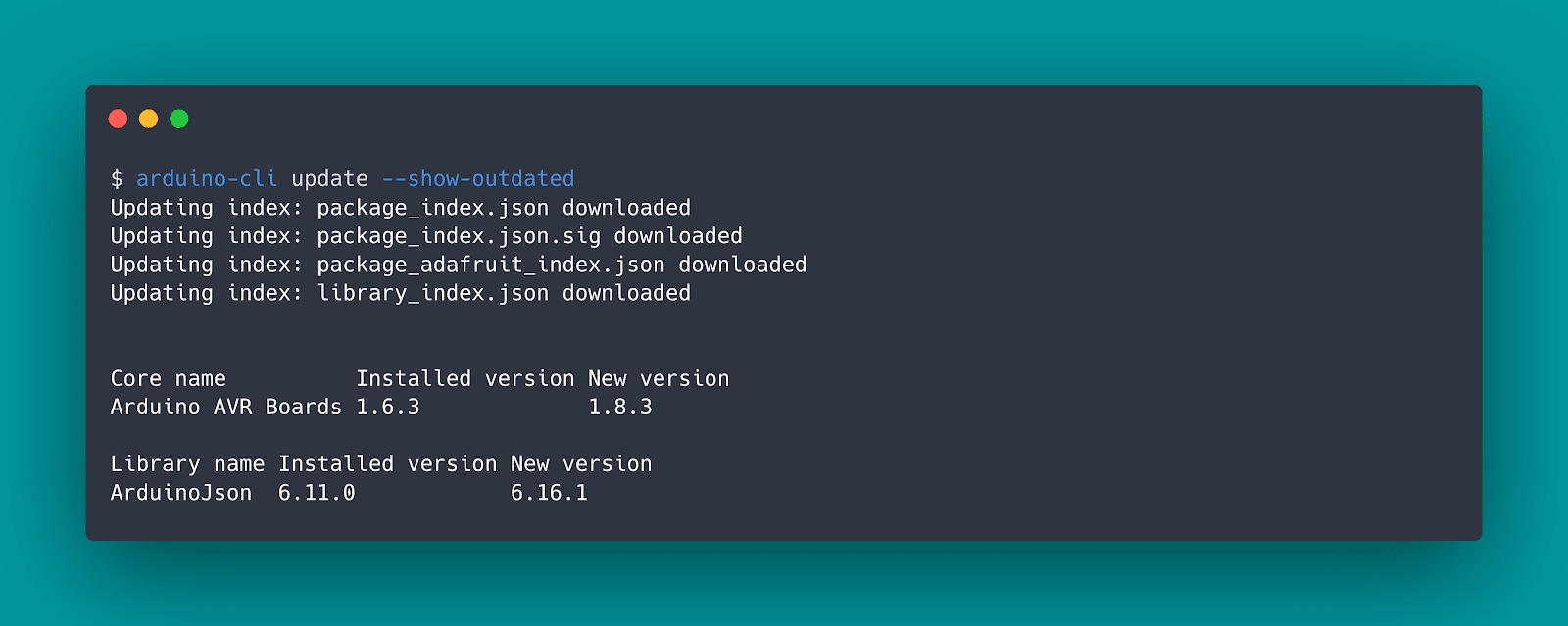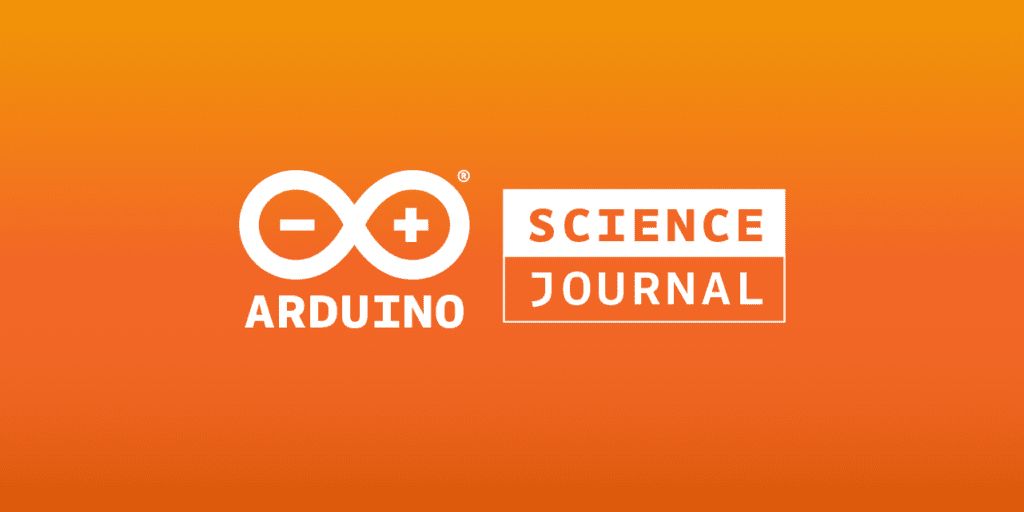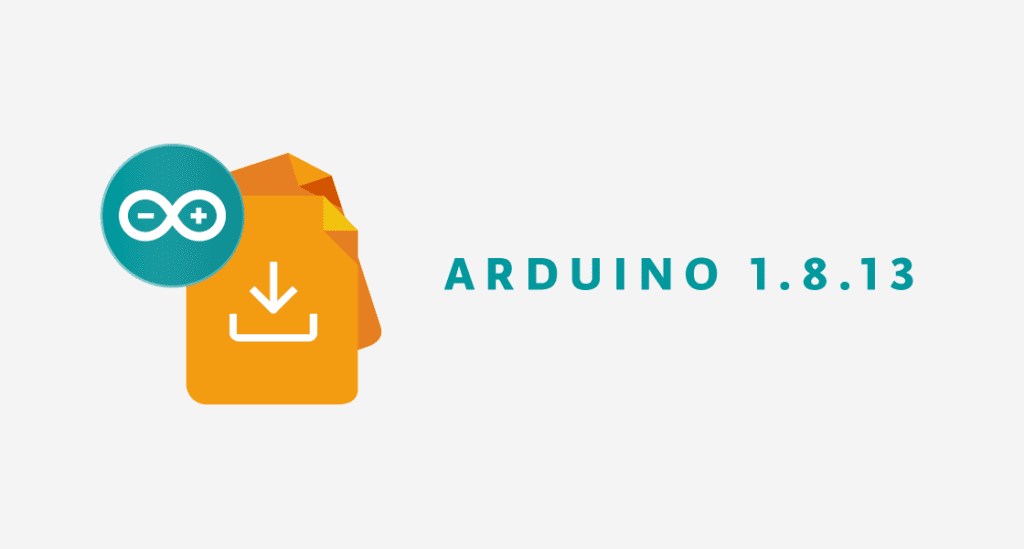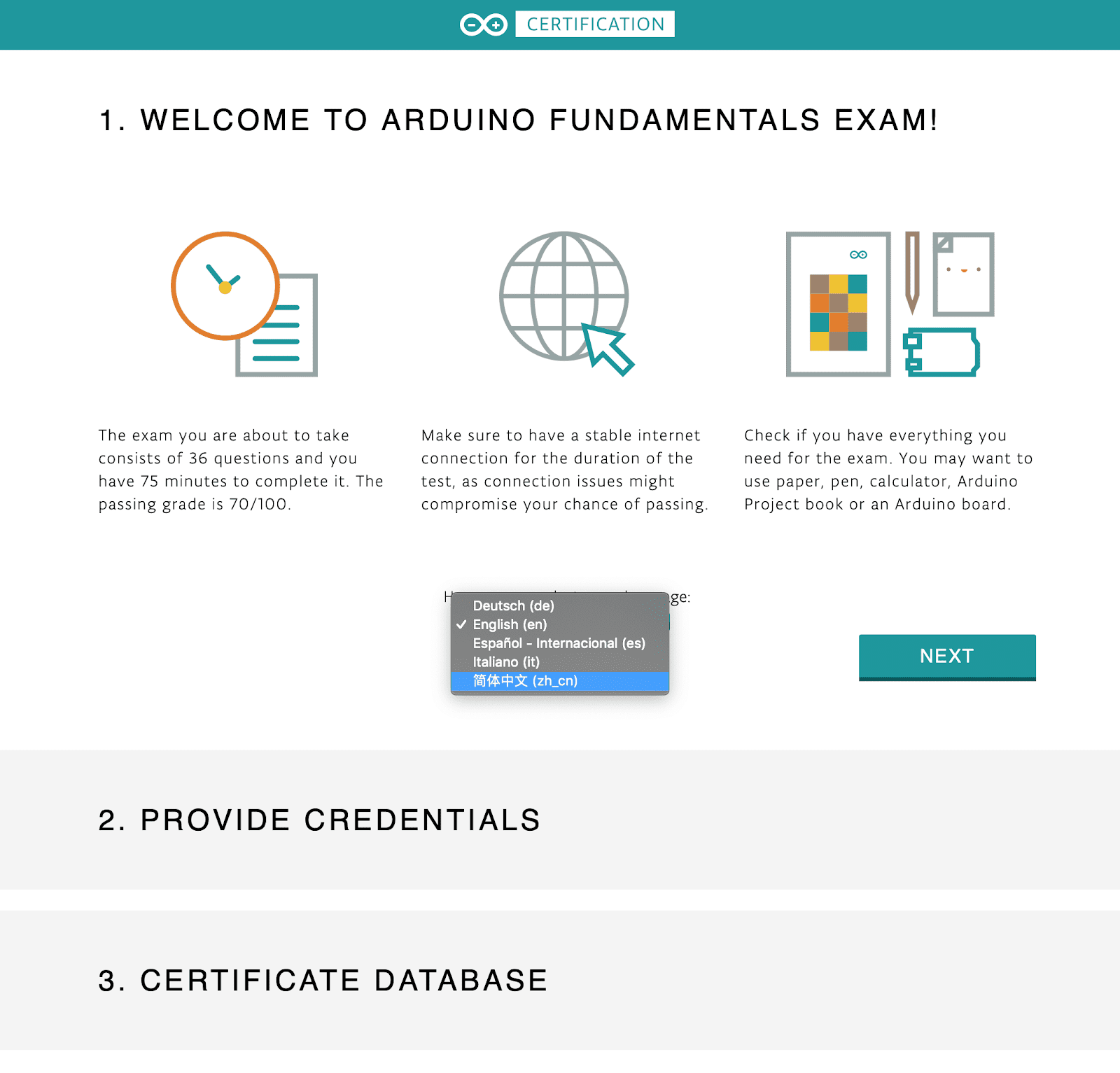Schlagwort: Announcements
-

Arduino Donation Program: Making a difference in the open-source community!
Reading Time: 3 minutesArduino Donation Program: Making a difference in the open-source community! Arduino Team — December 1st, 2020 As an open-source company, Arduino aims to ensure that open-source continues to thrive and remains sustainable for the long term. The Arduino Donation Program is intended to fund projects and institutions that make a lasting difference…
-

Arduinoliday Calendar: discover a new Arduino surprise every day!
Reading Time: 2 minutesArduinoliday Calendar: discover a new Arduino surprise every day! Arduino Team — December 1st, 2020 Celebrate the holiday season with Arduino and enjoy a new surprise every day! Let the holiday countdown begin! With the Arduinoliday Calendar, everyday is a new window, and every window is a new surprise… To unlock the…
-

Vulkan update: we’re conformant!
Reading Time: 2 minutesToday we have a guest post from Igalia’s Iago Toral, who has spent the past year working on the Mesa graphic driver stack for Raspberry Pi 4. It’s been nearly a year since we first announced that we were developing a Vulkan driver for the latest generation of Raspberry Pi devices (Raspberry…
-

Arduino Science Journal surpasses 100K total downloads!
Reading Time: 2 minutesArduino Science Journal surpasses 100K total downloads! Arduino Team — November 12th, 2020 The Arduino Science Journal is a mobile application that allows anyone to conduct scientific experiments by measuring the surrounding world with sensors, documenting and comparing data, developing and validating hypotheses, and taking notes. The app and all learning materials…
-

Arduino joins the Open Source Security Foundation
Reading Time: 2 minutesArduino joins the Open Source Security Foundation Arduino Team — October 30th, 2020 As an open-source project, Arduino has always considered security a top priority: making tools and products easy to use for our community has consistently been as important as making them secure. Today, we are excited to announce that Arduino…
-

Say hello to the new Arduino Oplà IoT Kit: Experience the Internet of Things in your hands!
Reading Time: 3 minutesWe’re excited to announce the launch of the Arduino Oplà Kit, the first open programmable IoT platform that allows you to add smart connectivity to the devices around your home or workplace and build custom IoT devices. The Oplà IoT Kit contains all the hardware necessary to create eight connected applications, access…
-

New Chair and Trustees of the Raspberry Pi Foundation
Reading Time: 4 minutesI am delighted to share the news that we have appointed a new Chair and Trustees of the Raspberry Pi Foundation. Between them, they bring an enormous range of experience and expertise to what is already a fantastic Board of Trustees, and I am really looking forward to working with them. John…
-

How can we help? New Help Center makes it easier than ever to enjoy Arduino
Reading Time: 3 minutesHow can we help? New Help Center makes it easier than ever to enjoy Arduino Arduino Team — October 8th, 2020 The Arduino customer support team is excited to announce the final release of the Arduino Help Center. A place where you can find answers to your questions and lots of useful…
-

Embedded machine vision goes pro with the new Portenta Vision Shield
Reading Time: 3 minutesEmbedded machine vision goes pro with the new Portenta Vision Shield Arduino Team — October 6th, 2020 [youtube https://www.youtube.com/watch?v=RGLlcgOFx6U?feature=oembed&w=500&h=281] We’re excited to announce the launch of the Arduino Portenta Vision Shield, a production-ready expansion for the powerful Arduino Portenta H7 that adds a low-power camera, two microphones, and connectivity — everything you…
-

Get ready to Explore IoT with Arduino Education
Reading Time: 4 minutesThis week we are launching our Arduino Explore IoT Kit, which allows high school and college students to take their first steps in building connected devices. Educators can make a complex subject simple — explore the Internet of Things right now with Arduino Education. Aimed at the beginner, there is a complete set…
-

CLI and IDE get better together
Reading Time: 2 minutesCLI and IDE get better together Arduino Team — August 24th, 2020 This article was written by Silvano Cerza and Ubi de Feo from the Arduino Tooling team. Over the past two months our newly established Tooling Team has taken over operations concerning the Arduino CLI and Pro IDE. We’ve been silent…
-

The Science Journal is graduating from Google — coming to Arduino this fall!
Reading Time: 2 minutesThis post was written by Valentina Chinnici, Arduino Product Manager. Arduino and Google are excited to announce that the Science Journal app will be transferring from Google to Arduino this September! Arduino’s existing experience with the Science Journal and a long-standing commitment to open source and hands-on science has been crucial to…
-

Control your Internet of Things projects from anywhere with the new Arduino IoT Cloud Remote app
Reading Time: 2 minutesControl your Internet of Things projects from anywhere with the new Arduino IoT Cloud Remote app Arduino Team — July 22nd, 2020 The perfect companion to the Arduino IoT Cloud! Develop your IoT solution online via a desktop, then monitor and control your dashboards on your mobile with the new Arduino IoT…
-

The Arduino CLI just got some new exciting features
Reading Time: 3 minutesThe arduino-cli tool just got some new exciting features with the release of 0.11.0: Command-line completion External programmer support Internationalization and localization support (i18n) Command-line completion Finally, the autocompletion feature has landed! With this functionality, the program automatically fills in partially typed commands by pressing the tab key. For example, with this…
-

Two-factor authentication on Arduino
Reading Time: 2 minutesTwo-factor authentication on Arduino Arduino Team — June 22nd, 2020 Today, we’re announcing a new security feature for our community: two-factor authentication (2FA) on Arduino web services. We have implemented a two-step verification login to arduino.cc, so our users can be sure of their online safety. If enabled, two-factor authentication offers an…
-

Arduino 1.8.13 has been released
Reading Time: < 1 minuteArduino 1.8.13 has been released Arduino Team — June 17th, 2020 Today, we are excited to announce the arrival of the Arduino IDE 1.8.13. Significant improvements include fixing the crash on Mac OS X with multiple monitor setups and resolving the recent package_index.json issue without other user intervention. You will also…
-

8GB Raspberry Pi 4 on sale now at $75
Reading Time: 4 minutesThe long-rumoured 8GB Raspberry Pi 4 is now available, priced at just $75. Raspberry Pi 4 is almost a year old, and it’s been a busy year. We’ve sold nearly 3 million units, shipped a couple of minor board revisions, and reduced the price of the 2GB variant from $45 to $35.…
-

Arduino Pro IDE v0.0.6-alpha.preview is out!
Reading Time: < 1 minuteArduino Pro IDE v0.0.6-alpha.preview is out! Arduino Team — May 5th, 2020 You can now install third party cores! We have developed a handy “Boards Control” feature to help you identify and configure third party boards. Try it out and give us your feedback. Highlights for this release include: Support for…
-

Add Arduino to your resume – the Arduino Certification Program is now available in Simplified Chinese
Reading Time: 2 minutesAdd Arduino to your resume – the Arduino Certification Program is now available in Simplified Chinese Arduino Team — April 28th, 2020 With thousands of users around the world entering the Arduino Certification Program, we are excited to announce the availability of the first Arduino Certification Program: Arduino Fundamentals in Simplified Chinese.…
-

arduino-cli 0.10.0 is out!
Reading Time: < 1 minutearduino-cli 0.10.0 is out! Arduino Team — April 16th, 2020 The Arduino CLI is steady as she goes! The team is constantly fixing issues and modeling the user experience thanks to the community’s feedback. Highlights for this release include: ‘board attach‘ command now also supports the upload port for an easier sketch…
